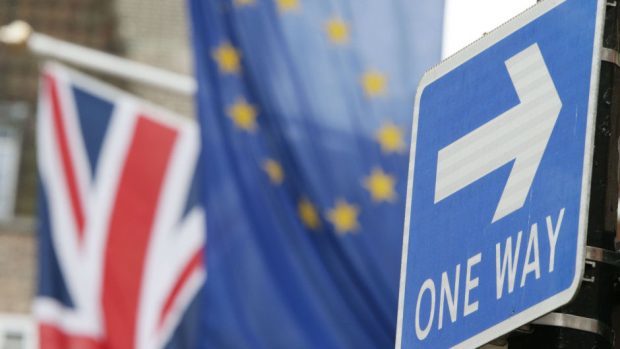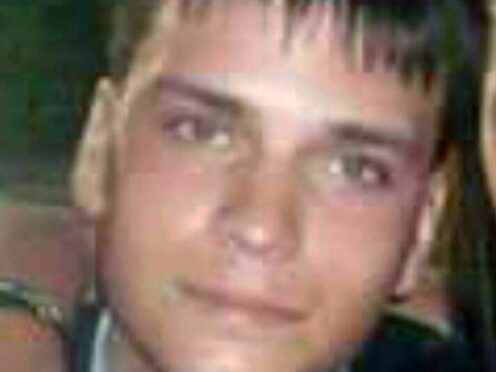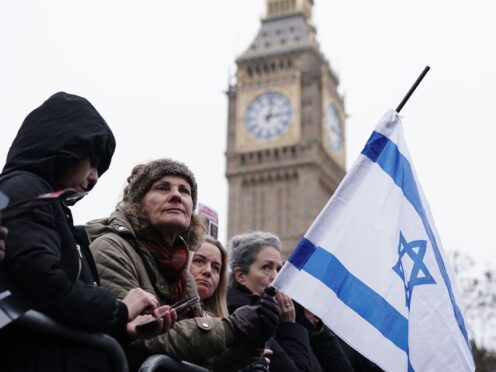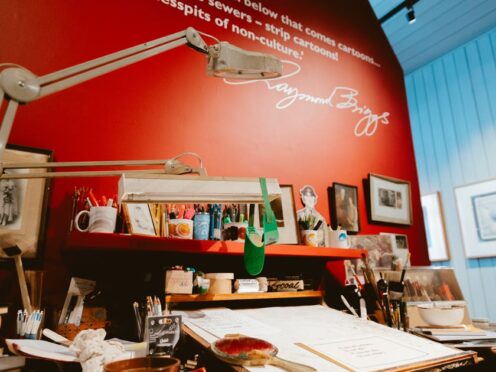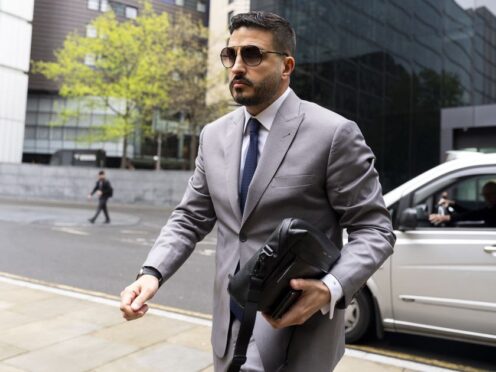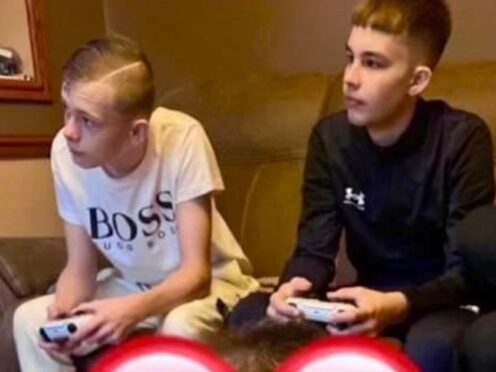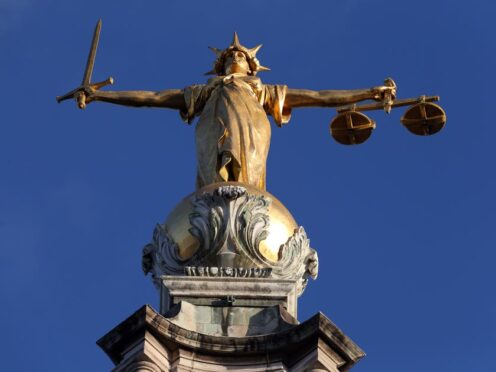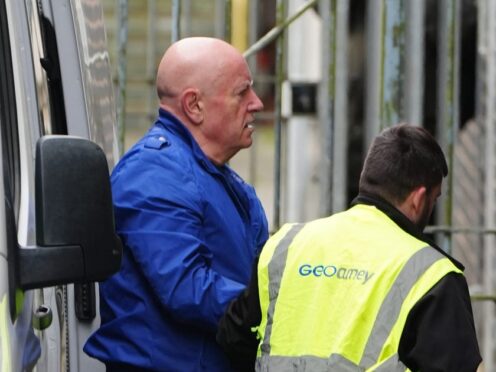Conciliatory – that was the word that sprung to mind as Theresa May negotiated her way through the Article 50 show yesterday.
The prime minister was at pains to avoid triumphalism and reminded us all – and no doubt those watching from across the Channel – that the UK is not leaving Europe.
Both her official letter and Commons statement were full of references to the “deep and special partnership” she hopes to secure, pledges to work “in a spirit of sincere cooperation” and insistences the UK will remain the EU’s “close friend and ally”.
Britain will do all it can to help the EU “prosper and succeed”, she subsequently declared.
And so on…
But, amid the niceties, there was also one key – and brutal – stick.
Namely, that failure to reach an agreement would mean “our cooperation in the fight against crime and terrorism would be weakened”.
Number 10 was quick to say this was simply a “statement of fact” – but it was also a reminder of the UK’s highly regarded intelligence agencies and military power.
In other words: you need us, so give us what we want.
How successful Mrs May will be in securing her objectives remains very uncertain.
She insisted again yesterday on a twin-track approach – agreeing the terms of a future partnership alongside those of the UK’s withdrawal.
But a draft resolution of the European Parliament, expected to be debated next month, states a new trade deal can only be struck once the UK has left the EU.
Full of fighting talk, it also stresses any transitional agreement should last no more than three years after 2019 and calls for the process to be arranged “in an orderly fashion, so as not to negatively affect the EU”.
Additionally, it warns a state leaving cannot “enjoy similar benefits as an EU member state”, making clear the parliament would not consent to “any agreement that would contradict this”.
Moreover, Mrs May immediately faced resistance from German chancellor, Angela Merkel, on the plan to conduct divorce and future trade negotiations simultaneously.
So it looks like the prime minister will have her work cut out.
On top of that, she will most likely have to contend with a frosty reception around the negotiating table.
In recent weeks, European leaders have toned down their language of revenge.
But yesterday, Mrs May’s enthusiasm could not have stood in starker contrast to Donald Tusk’s sad and sombre response.
While she is choosing to characterise Brexit as an opportunity, he is simply focused on “damage control”.
